The Bathurst 1000 is the race every driver wants to win. Unfortunately for them, it’s much easier to lose the race than to taste victory on Mount Panorama.
And while every driver wants to spray the champagne on Sunday night, many will see it as more important that they avoid an early shower.
That’s particularly the case for championship leader Will Brown.
Watch every lap of the 2024 Repco Supercars Bathurst 1000 LIVE & ad-break free during racing. New to Kayo? Get your first month for just $1. Limited time offer.
Brown heads Chaz Mostert on the title table by a comfortable but not insurmountable 189 points, with teammate Broc Feeney 222 points adrift.
He can’t eliminate either from contention this weekend, but in an instant he could wipe away his hard-earned lead.
That’s the jeopardy of the Great Race.
BATHURST OR CHAMPIONSHIP?
The Bathurst 1000 or the Supercars championship?
While it’s only ever a hypothetical question, it’s one that could find itself rolling around the back of some heads late on Sunday afternoon if the title contenders find themselves locked in a fight for victory.
It’s hardly an unlikely scenario. By quirk of this year’s calendar, we’ve already raced at Mount Panorama, where exactly that situation came to pass.
Brown and Feeney split the two wins at the season-opening Bathurst 500, and with Mostert they locked out both podiums.
While that trio have continued the title challenge all the way to the Bathurst 1000, the fight hasn’t been quite as close as it looked back in February.
MORE BATHURST 1000
SKAIFE’S TOP FIVE: The iconic Bathurst acts that define Australia’s Great Race
GRAND FINAL OF OUR SPORT: Supercars unveils dramatic ‘finals’ system to shake up 2025 title
‘HOLD YOUR BREATH’: Inside Bathurst’s craziest win… and why history could repeat
Brown’s supreme consistency — he’s finished off the podium just four times this season so far — has seen him pry open a gap at the top of the standings.
Walkinshaw Andretti United’s up-and-down form cost Mostert scoring chances particularly early in the year, and a disappointing weekend at Sandown dropped him well off the lead.
Feeney has arguably had the higher ceiling this season, winning more races than any other driver, but his inconsistencies and a little bad luck have put his title challenge on the brink.
So if you were in Brown’s shoes and a three-way battle with your chief rivals stood between you and Bathurst glory, would you take them on?
Or would you think about preserving you points lead to lock down the championship?
For Mostert and Feeney there’s no thinking required. Both need big points swings to give themselves any sort of hope of overhauling Brown. It’s not quite win or bust, but with only two rounds remaining after Bathurst, they’re close to having nothing to lose.
Brown, however, has everything to lose and little to win.
The quirk with endurance racing is that how hard Mostert and Feeney might be challenged isn’t entirely down to him. For at least a third of the race his car will be helmed by co-driver Scott Pye, whose priority is to win the sport’s greatest event.
It’s the race every driver wants to win. But for all its pomp and circumstance, it’s also round 10 of a 12-round championship and worth the same 300 points of every other weekend.
So if you’re Brown, do you take on Mostert and Feeney?
His answer to that question could define this year’s Bathurst 1000.
Feeney fueled by Bathurst heartbreak | 01:08
WILL CONCERNS OVER FORD ENGINES BUBBLE OVER?
It wouldn’t be a Gen3 edition of the Bathurst 1000 if parity didn’t get at least a passing mention.
The bitter bickering over parity between the Chevrolet Camaro and the Ford Mustang of yesteryear was largely solved during the off-season after extensive wind tunnel testing in the United States identified aerodynamic tweaks that appear to have levelled the playing field.
But with no team-by-team development of the Gen3 car allowed, even tiny differences can cause friction between the manufacturer camps. It’s imperative the series remains on the front foot in maintain equilibrium.
It’s therefore unsurprising that the sport will be making changes ahead of its showpiece race this weekend.
This time it’s the engine that’s in the spotlight.
The category undertook transient dynamometer testing ahead of the Sandown 500, the results of which have since been worked through.
The result is new engine maps for both engines at Mount Panorama aimed at addressing concerns about both Chevrolet’s total power output and Ford’s torque curve — both critical at one of the calendar’s fastest circuits.
Of course for the changes to work, Ford teams would first have to have some engines to put in their cars.
Recent engine failures — including for Richie Stanaway and Dale Wood at the Sandown 500 — have forced Ford into a rushed homologation of new crankshafts, designs for which it’s pinched from its Mustang GT3 engines.
But with so little time between Sandown at the end of last month and Bathurst this weekend, getting them built, delivered and installed has been a race against time.
Ford teams have reportedly been told the full set of new parts might not be available until Friday, though there are quiet hopes they could be ready to go today for the first two practice sessions.
The new crankshaft has already been through the necessary checks by Supercars, meaning the process can be expedited once the parts arrive. They’ll have to make do with the Sandown-spec units until then.
It’s an unwanted complication on the eve of the season’s biggest race.
Rogue echidna prompts restart chaos | 02:17
WILL THIS BE FROSTY’S BATHURST FAREWELL?
It’s all ending rather quickly for Mark Winterbottom, the 2015 Supercars champion who found out only a month ago that his long and illustrious full-time career will almost certainly end this season.
Winterbottom had been seeking a new deal with Team 18 when he says he was told suddenly that it had signed someone else — specifically Anton de Pasquale, whose current Dick Johnson Racing seat will be commandeered by reigning champion Brodie Kostecki in 2025.
The timing couldn’t have been worse for Frosty. Within weeks most of the driver market, already in full flow, had moved past him.
Today only one seat remains openly vacant on next year’s grid, that being the retiring Tim Slade’s drive at PremiAir, but that’s heavily rumoured to be going to Richie Stanaway, with the Kiwi hinting at an announcement later this month.
It leaves Winterbottom facing a sudden exit after 21 years of full-time competition in the category.
That means this weekend could be his final Bathurst 1000 as a primary driver.
Of course Winterbottom will be in hot demand as a co-driver if this is to be his final bow.
But there are some things co-drivers miss out on that the 43-year-old will surely be soaking up this weekend.
Qualifying is perhaps the biggest. Opportunities to push a car to its limits are rare around Mount Panorama, and for a lucky 10 drivers on Saturday, they’ll do so with the circuit entirely to themselves.
Taking the chequered flag is almost exclusively the purview of the full-time driver too.
“I’ve won it before and know how good that felt, and we’d love to win it again,” he said, having claimed victory with Steven Richards in 2013. “It’s the best race of the year by a long way.
“We were there at the start of the year and the car was quite good at the start of the year.
“I think going there we have prepared well. I have full faith in [co-driver] Michael Caruso that him and I, with the right car on the day, we’ll do the job come Sunday afternoon.
“It’s Bathurst, always the unknown but I’m really looking forward to it.
“We’re going there to win.”
Victory would come massively against the run of play, but if this is to be his final weekend leading the charge at Mount Panorama, it would be a fitting way for one of the best known drivers of the last two decades to sign off.
Courtney aiming for maiden Bathurst win | 01:14
WHO WILL BE CAUGHT OUT BY THE DOUBLE STACK?
The Sandown 500 provided the sternest test yet of the sport’s new full course yellow rule, and it wasn’t an unconditional success.
Full course yellow rules are familiar to anyone who watches the World Endurance Championship and might be better known to Formula 1 fans as the virtual safety car, albeit with some key differences.
Rather than force drivers to hit a certain delta lap time, the FCY rules in Supercars mandates a maximum speed, which was initially set at 80 kilometres per hour.
The rule prevents drivers from speeding back to pit lane in the event of an accident but had the unintended side-effect of causing several rear-end crashed due to the massive closing speed generated as drivers hit the brakes.
The solution for this weekend will be to raise the maximum speed to 120 kilometres per hour.
Not everyone’s convinced it’s a step in the right direction, however, with Garth Tander pointing out that drivers will be able to brake to 120 kilometres per hour faster than they would have 80 kilometres per hour, effectively reducing the time for a following car to react, potentially triggering more accidents.
Tander has also suggested that the higher limit could cause more accidents, with several corners at Bathurst taken slower that 120 kilometres per hour in racing conditions.
While it remains to be seen whether those worries are well placed, a second change to the rules is sure to affect the race.
The FCY regulations in effect in Sandown stipulated that a caution would last for a minimum of two laps every time one was triggered.
That meant teams didn’t have to worry about double stacking its drivers in the pit lane in the event of a full course yellow, with each of the two cars able to be stopped on subsequent laps safe in the knowledge that the field would be lapping at freeway walking pace. It also allowed teams to react to each other’s strategies.
The minimum caution time has been scrapped for this weekend for the much longer Mount Panorama, however, which puts double stacking back on the cards.
It dramatically ups the jeopardy for whichever is the second of a team’s cars around pit stop windows.
It’s long been a key part of the Bathurst spectacle and can instantly make or break a race, and it’s set to play a major role again.
Mark Skaife’s Top 5 Mountain Moments | 01:26
WHAT ABOUT DRIVER STRATEGY?
This year the Supercars made a long-foreshadowed change to require full-time drivers to start both endurance races, taking the strategic decision away from the teams.
Previously co-drivers had almost always lined up on the grid. At the Sandown 500 that meant they completed most, if not all, of their minimum laps in a single stint before handing the cars back to the primary drivers for the rest of the afternoon. A similar strategy was usually employed for Bathurst too.
In recent years that strategic freedom has been controversial, however, particularly after the 2022 edition of the Great Race, the opening laps of which were marred by several amateur crashes by the secondary drivers.
This year the sport has finally enforced a change to mandate that primary drivers take the grid.
At Sandown the effect of the new policy was clear. The full-timers started and ended the race, with the middle stint effectively reserved for the co-drivers.
This was the most chaotic and error-prone part of the race, with mistakes from the secondary drivers having a significant impact on what the primary drivers could achieve in the final stint, indelibly altering the outcome of the race.
We’re likely to see something similar at Bathurst, notwithstanding the doubled duration.
There are positives and negatives.
In a sense it keeps the championship battle — the main game for most of the year — in clear view, increasing the odds that the title contenders battle among themselves, not their respective co-drivers, when on track.
It’s also less likely the opening phase of the race, when the field is still bunched up, is rocked by mistakes, reducing the chance of drivers having their afternoons ended after mere minutes.
But on the other hand, there’s now less scope for strategic variability — there’s no ability for teams to mix and match their drivers based on what they think could be advantageous for them.
Locking teams into similar strategies also hurts particularly young up-and-coming co-drivers by depriving them of the chance to race against and compare themselves to the established stars of the sport by likely having them share the track only with other secondary pilots.
The lack of flexibility will also likely hamstring teams with comparatively less competitive co-drivers, making it harder to work around their weaknesses as the race enters its crucial second half — a glimpse of which we saw in Sandown.
But ultimately it’s the same for all teams. The stronger driver combinations will still be the ones to beat.



















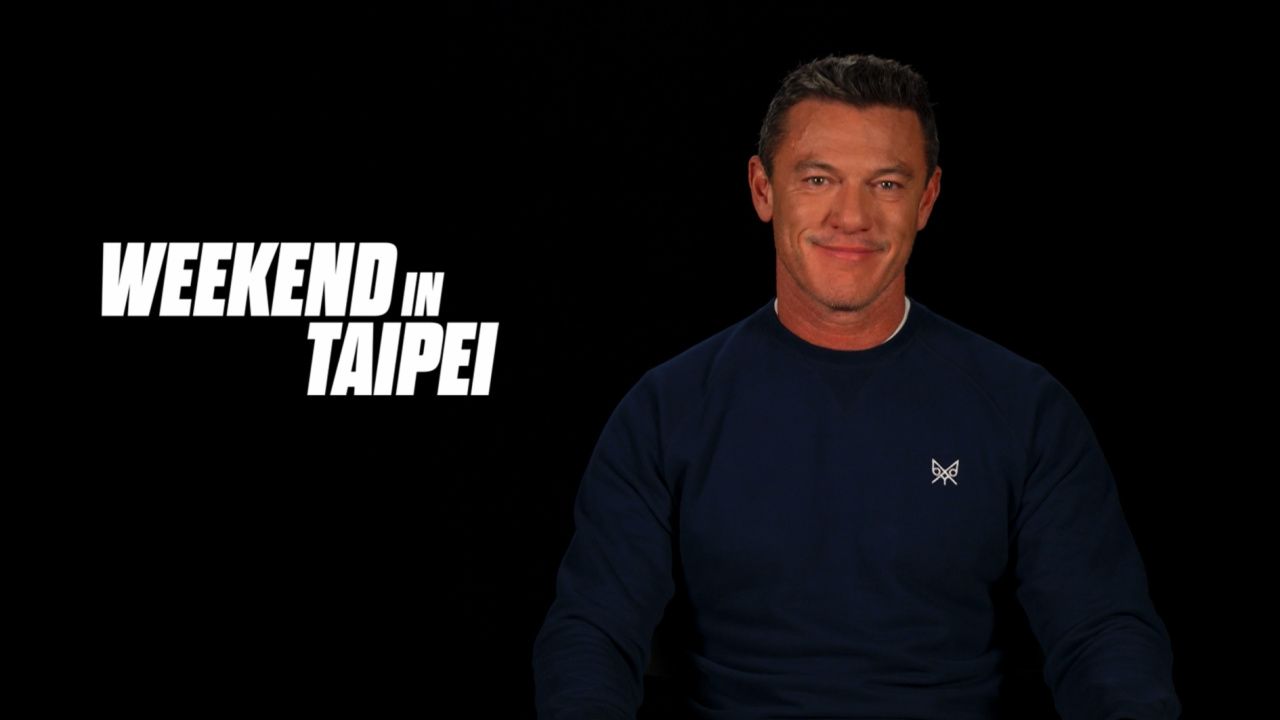



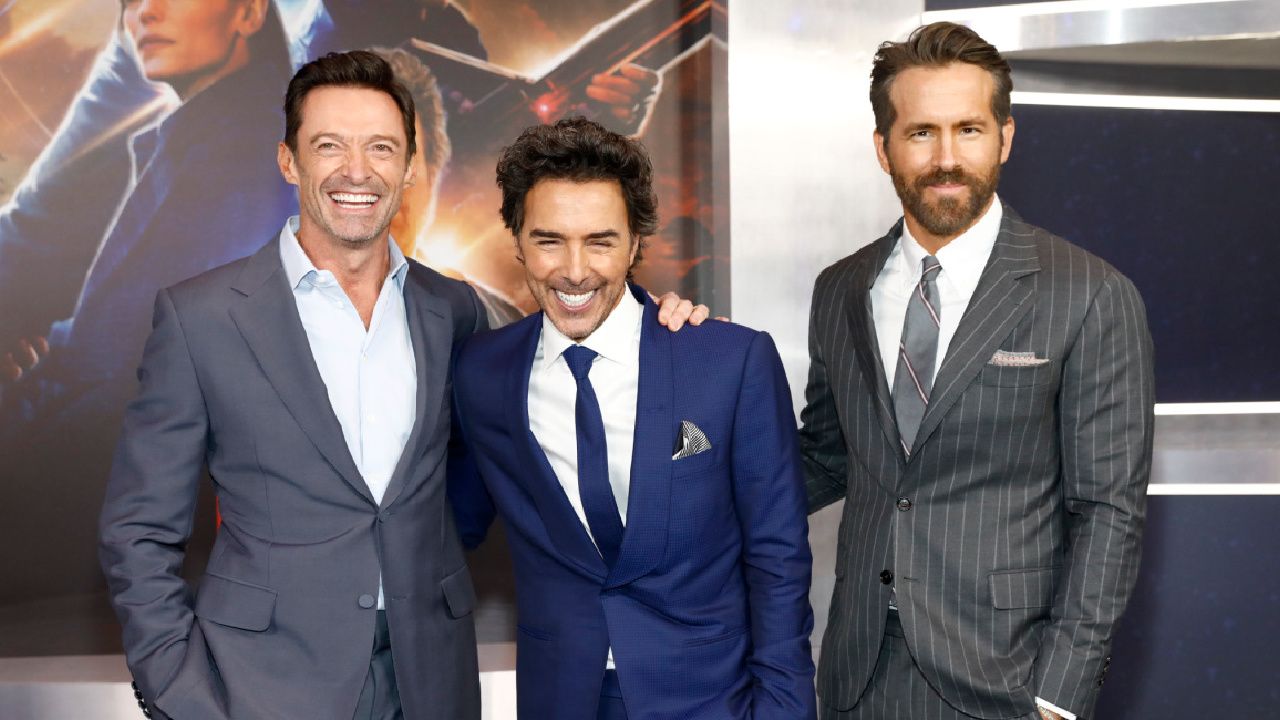





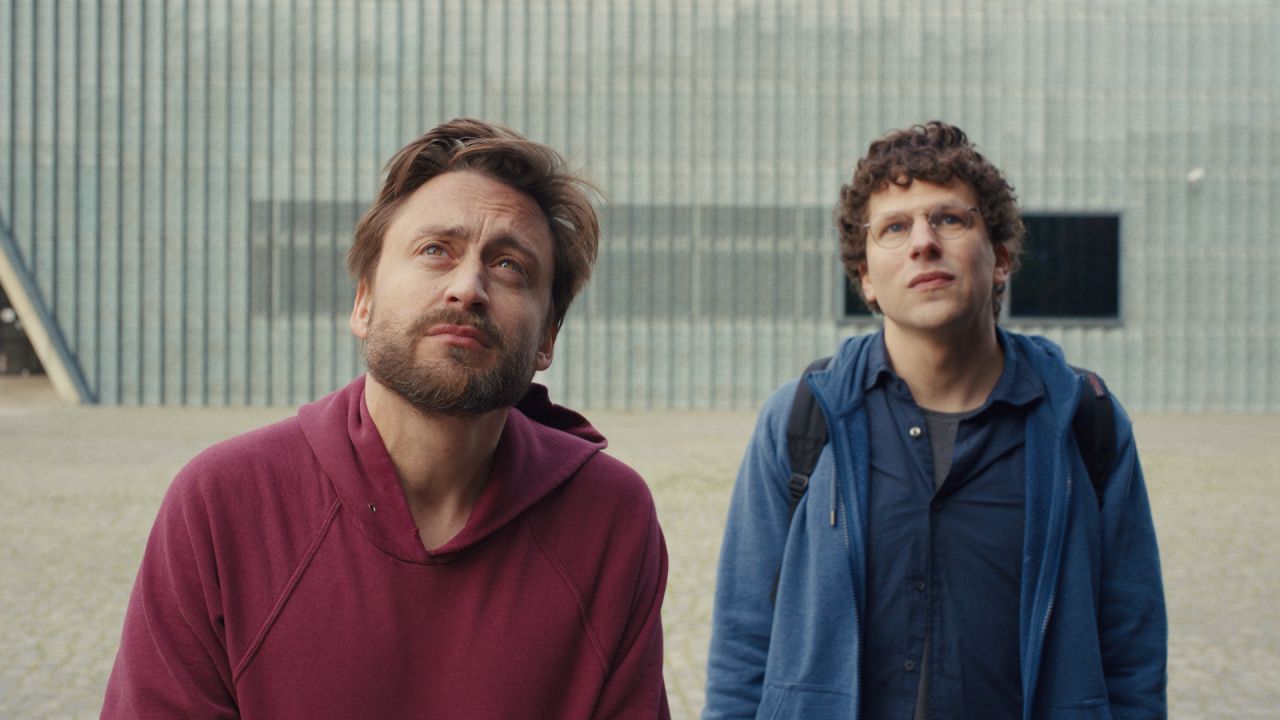
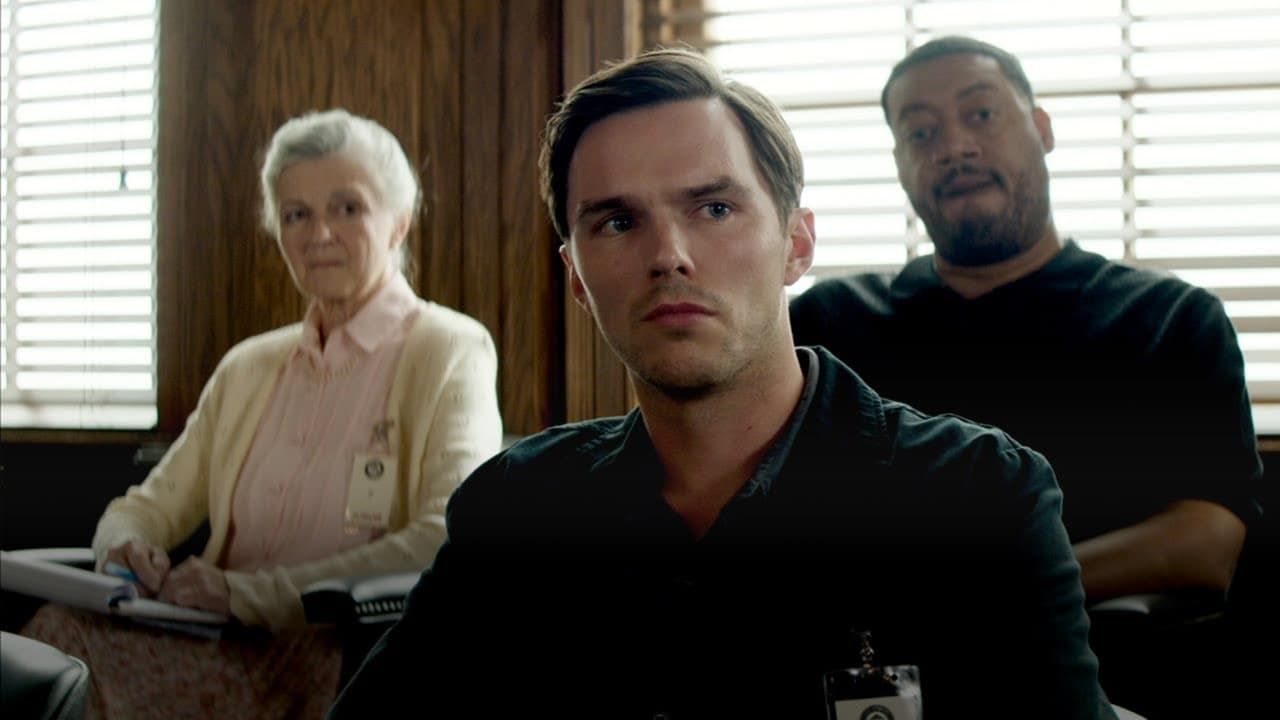



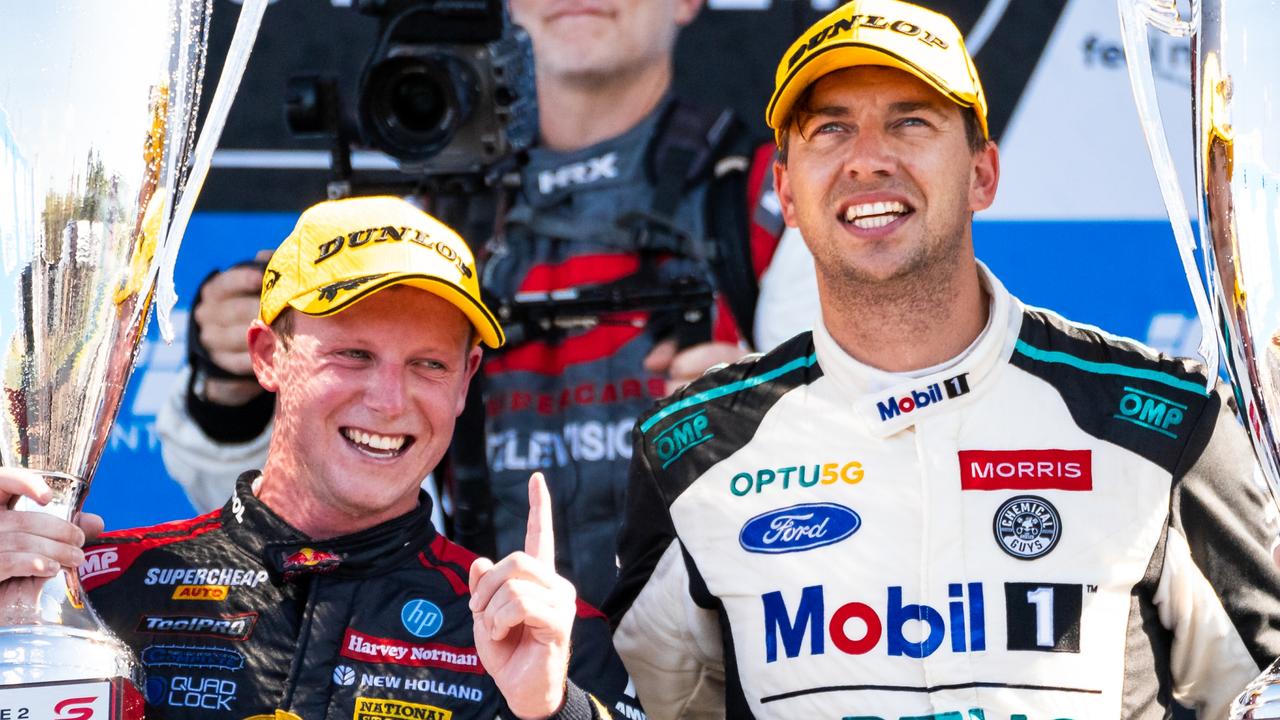
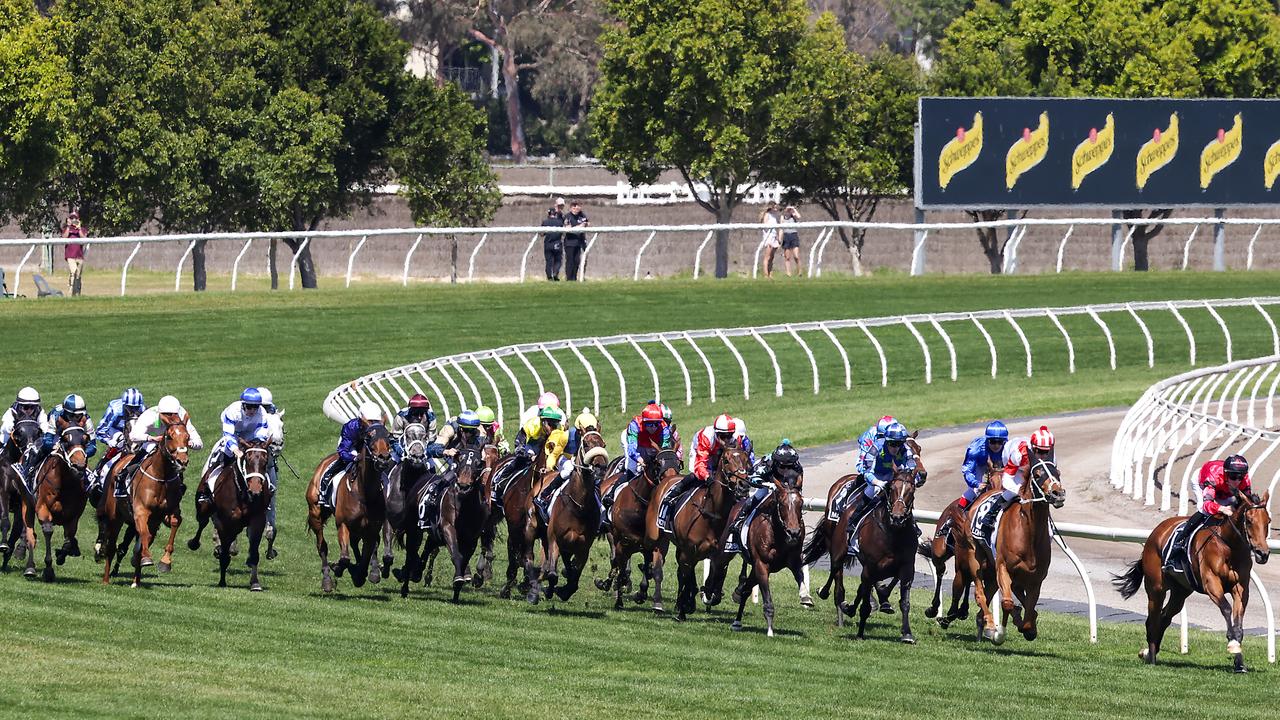
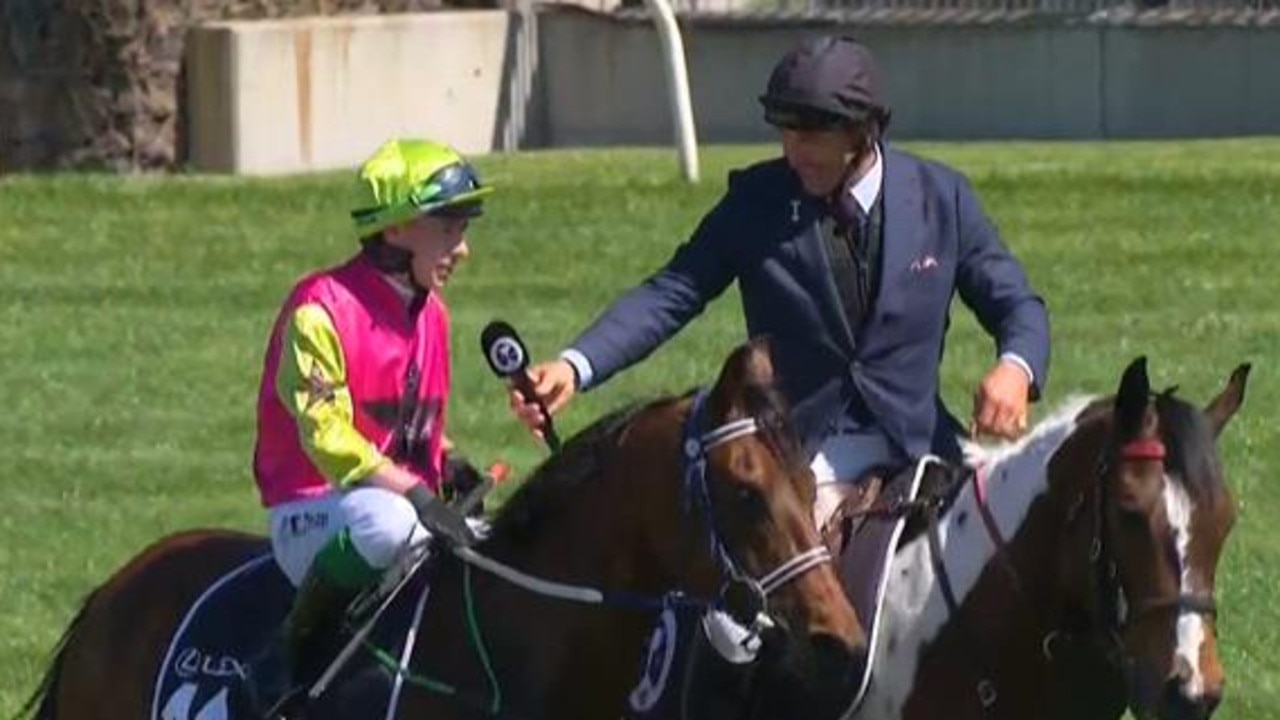

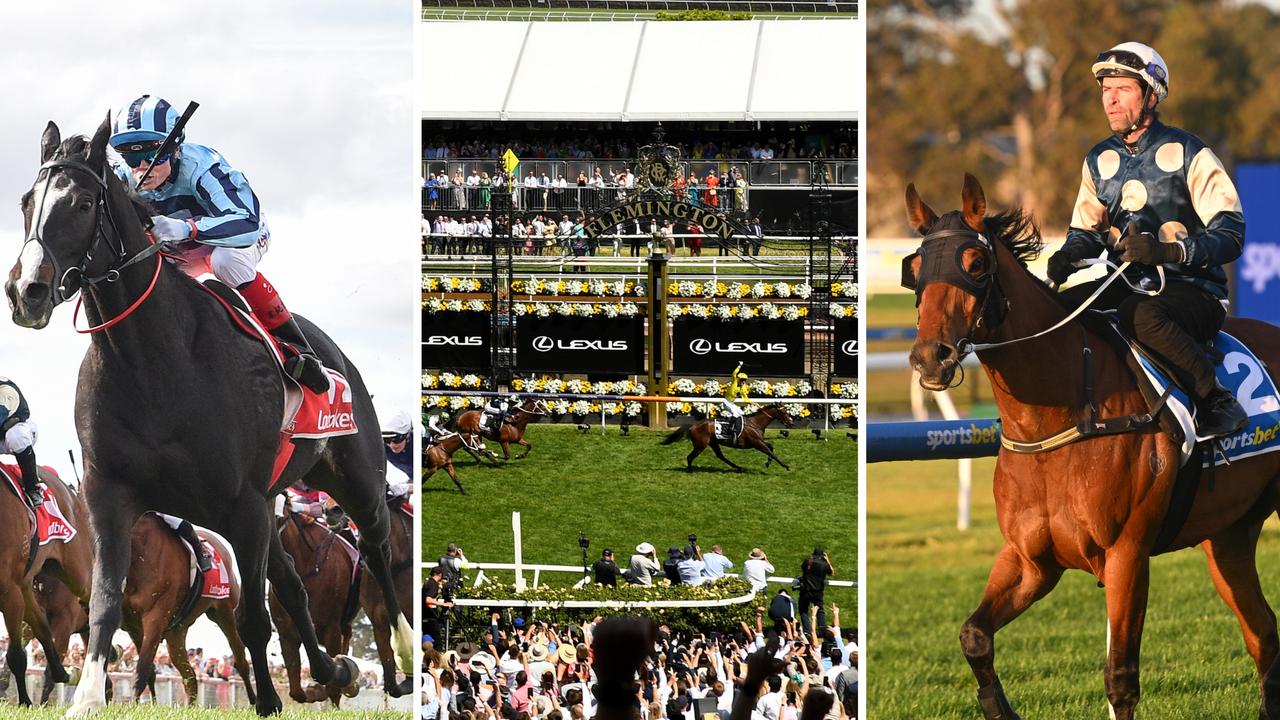

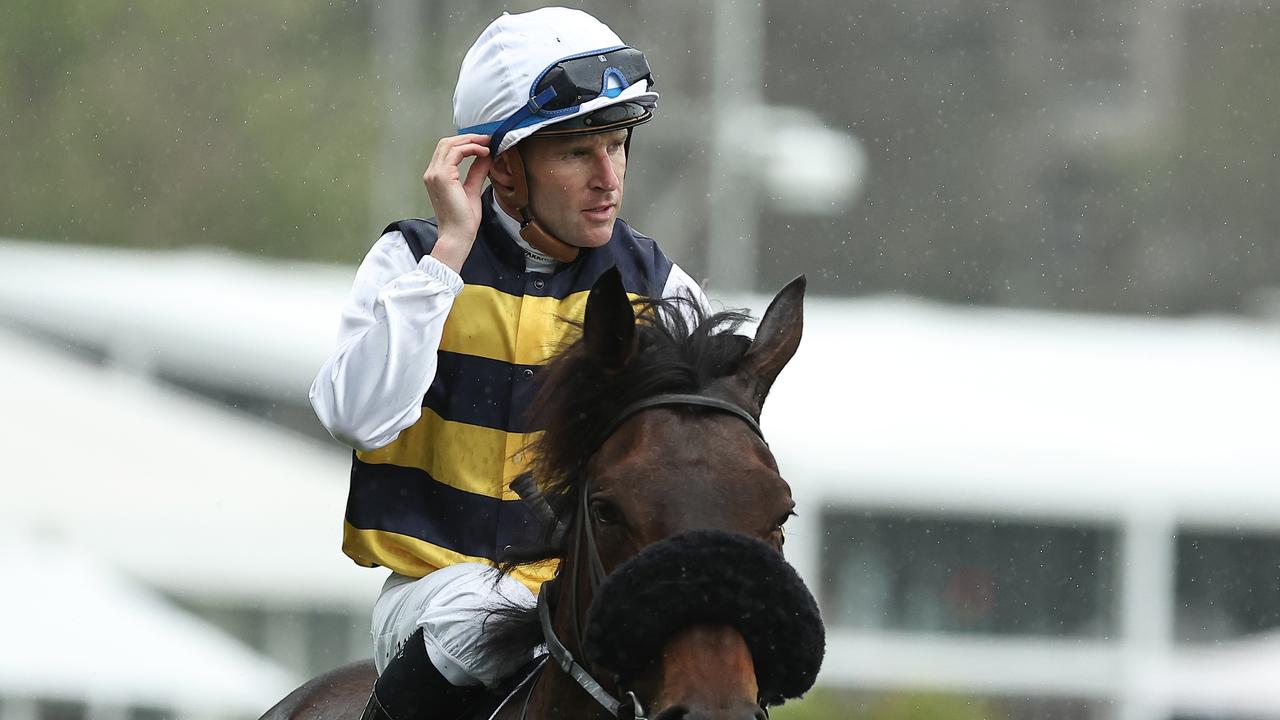









Discussion about this post